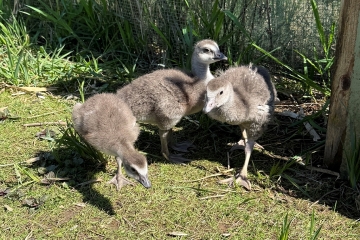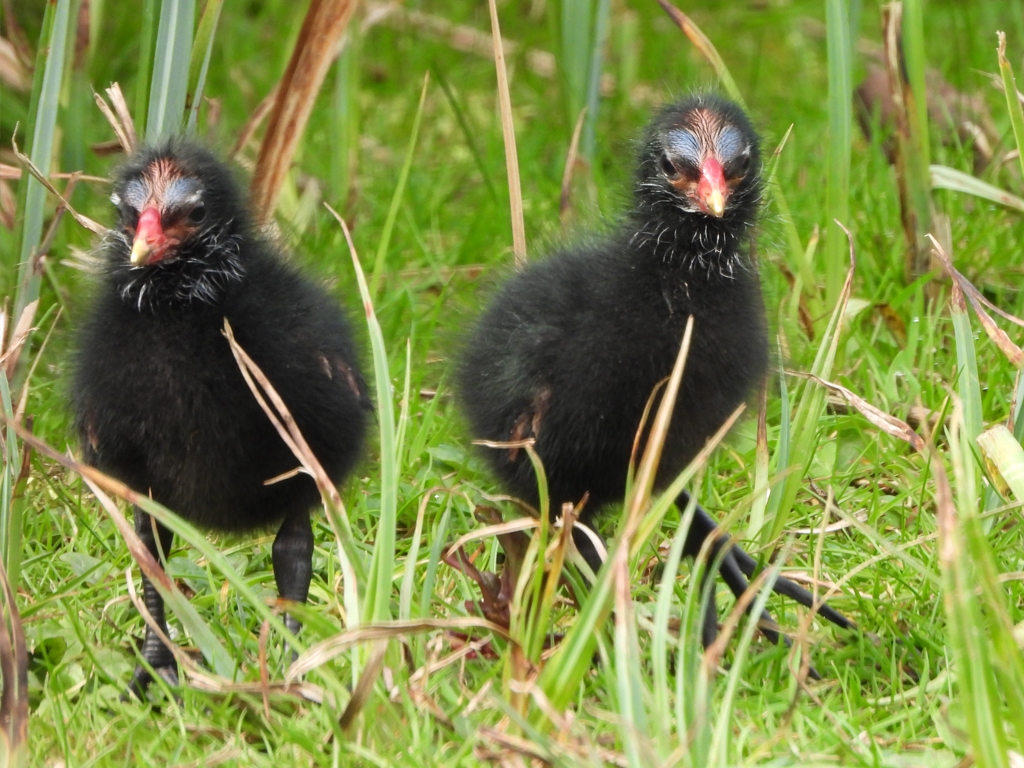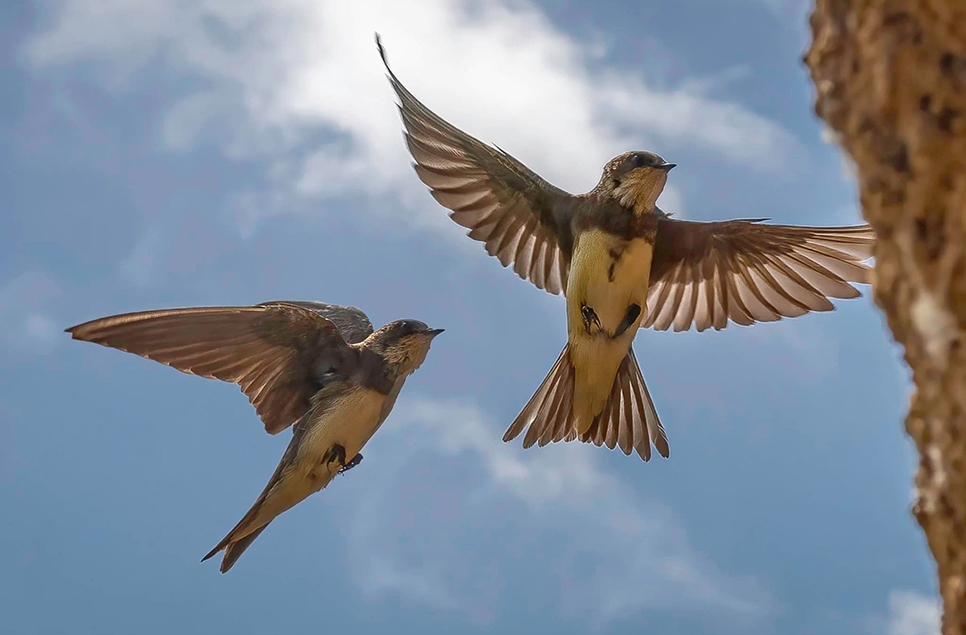What'a hatching behind the scenes
Head Keeper Sam McKinlay and the Collection Team of Keepers care for the birds in the collection at Arundel Wetland Centre with specialist skills.
Fish, heart, meal worms, sea pellet and special feeds make up the diets of these wetland birds from around the world. It takes a minimum of three hours of feeding every day, and up to eight feeds a day for hungry black-necked grebe and wader chicks. The ducklings that are hand-raised must be cleaned and fed several times a day, too.
Our Keepers count the birds daily and spot who is nesting and where. Some families are moved off show to our netted duckery before the ducklings or chicks hatch to keep them safe. Some birds are left to parent-rear their young while some rarer birds in breeding programs have their eggs hand-reared by our team in tanks.
First redshank chick hatches
We had our first redshank chick hatch at Arundel since the Coastal Creek aviary opened in spring of 2021. The adults nested in a tussock of grass right near the pathway and their chick hatched out on June 15th. Like all wader chicks the youngster was able to walk and feed as soon as it left the nest. The Coastal Creek aviary is currently closed to walk-through visits but look out for the redshank youngster and adults from the new path built directly beside the aviary’s netted wall.
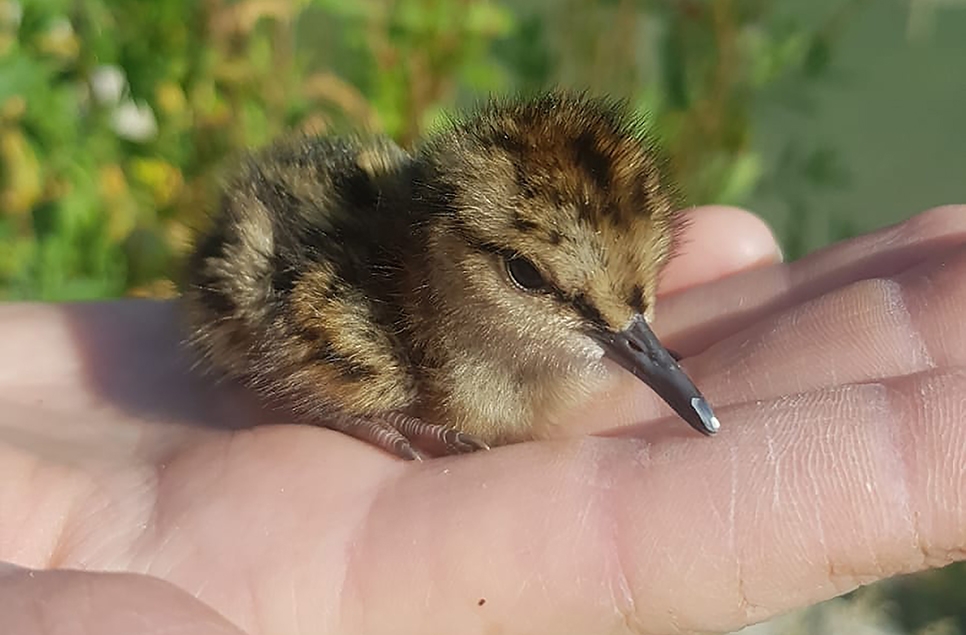
The first redshank chick to hatch in Arundel Wetland Centre's Coastal Creek aviary
Hoodies and the Philippine ducklings
The Keepers hand reared three hooded merganser ducklings that hatched on the first of June. The 'hoodie' trio were reared in a large tank, containing wet and dry sections with heat lamps above. These tanks are next to the desks of the Keeper team, right in their office for convenience during breeding season.
Ten Philippine ducklings hatched on the 6 of June. Nine of the ducklings remained in our outdoor netted duckery off show where they are being raised by their parents. One duckling hatched with splayed legs so our Head Keeper Sam put him in with the hooded merganser ducklings in the rearing tank in the office. After treatment the Philippine duckling has recovered and walks (waddles) normally.
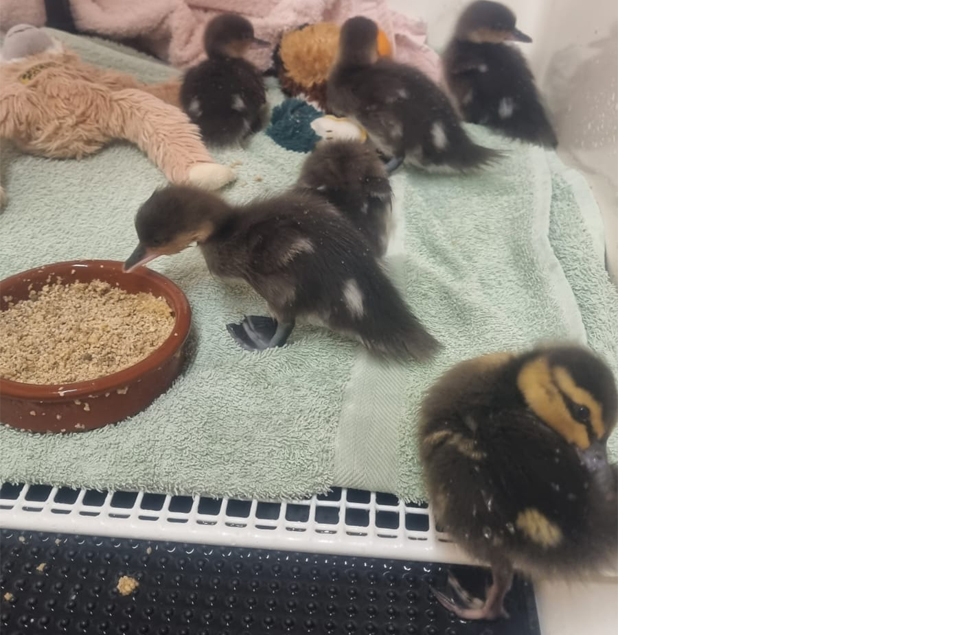
Size difference - Philippine duckling in foreground with hooded merganser ducklings
Endangered Scaly-sided mergansers
This spring we had four fertile scaly-sided merganser eggs that hatched on June 8. The eggs of this endangered species are always hand-reared by our keepers as part of a European Endangered Species Programme (EEP). The Wildfowl & Wetlands Trust has been working to help this globally endangered bird since 2002. Breeding these ducks in captivity is a major part of conservation efforts for this species. These young scaly-sided mergansers have left the indoor rearing tanks now and are in the off-show, outdoor netted pens attached to the Coastal Creek aviary. Some of our scaly chicks will move onto Manchester Zoo when they are old enough.
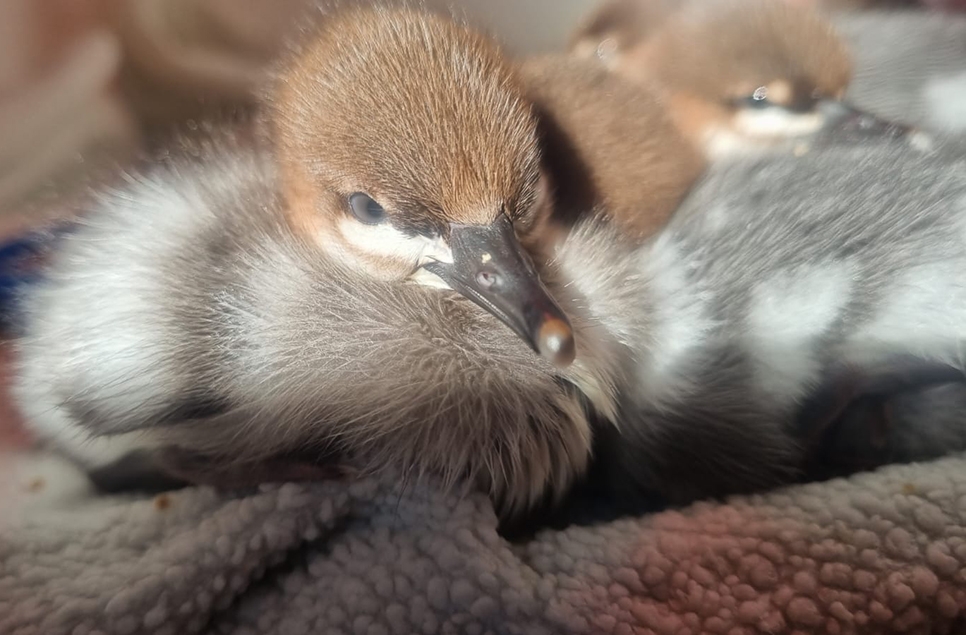
Scaly-sided merganser ducklings sit in a pile in a sun beam
Ready to visit?
Be inspired by and connect with wetland wildlife this season. Book your visit online and save time at the till, click below.
